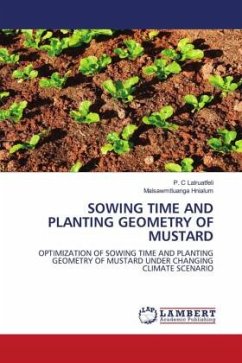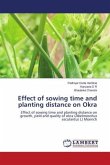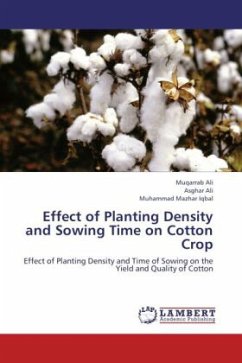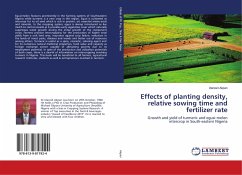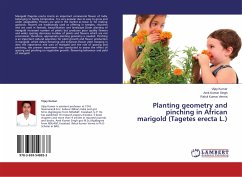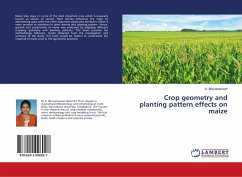A field experiment investigated sowing time and planting geometry for Mustard TAM-108-1 in clayey soil. Three sowing dates (S1, S2, S3) and four planting geometries (G1, G2, G3, G4) were tested. Early November sowing and 45 × 10 cm planting produced the best results. It led to taller plants, more branches, higher dry matter accumulation, and improved yield parameters such as siliquae, seeds, and straw yield. Economic factors, including gross and net monetary returns, also favored the early sowing and specific planting geometry. Optimal sowing time and planting geometry are crucial for maximizing mustard crop growth, yield, and economic outcomes, especially considering changing climate conditions.

